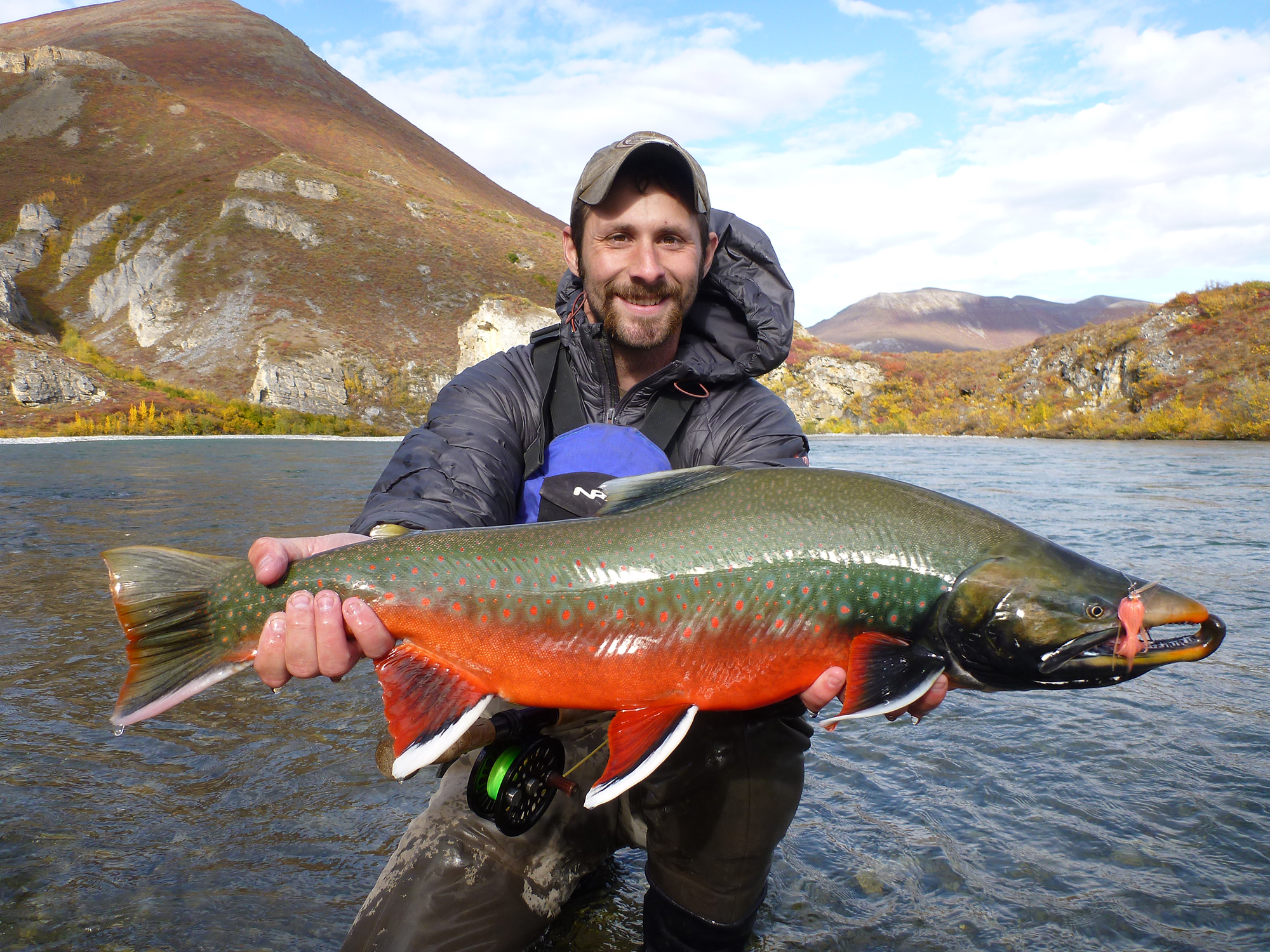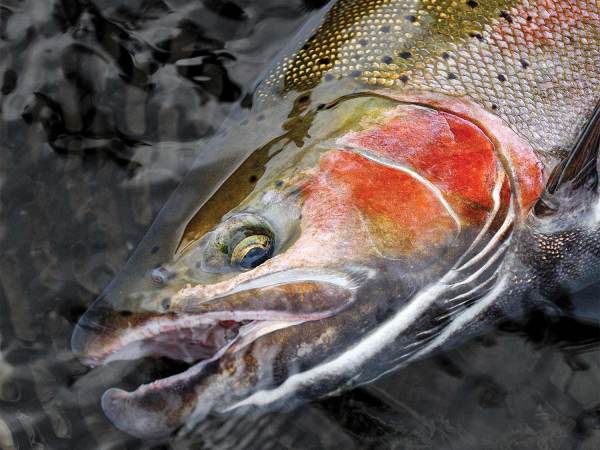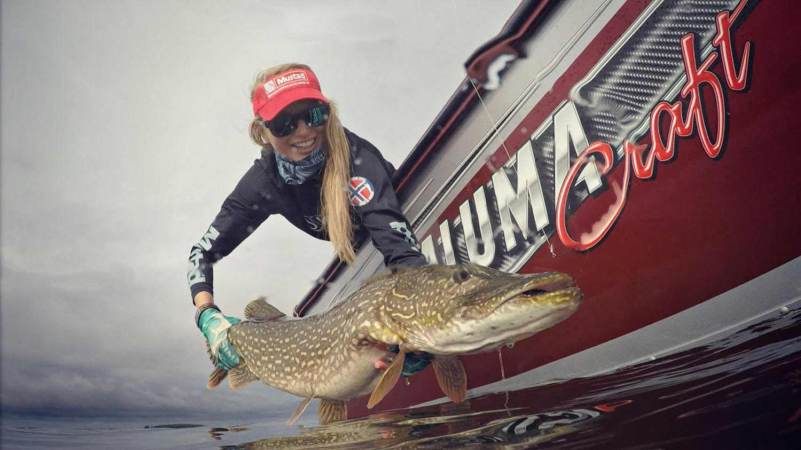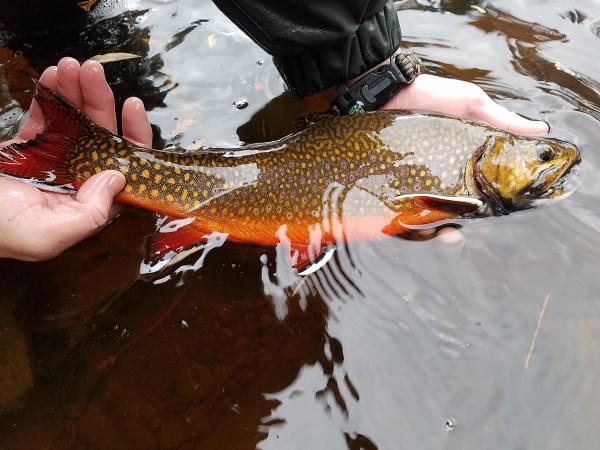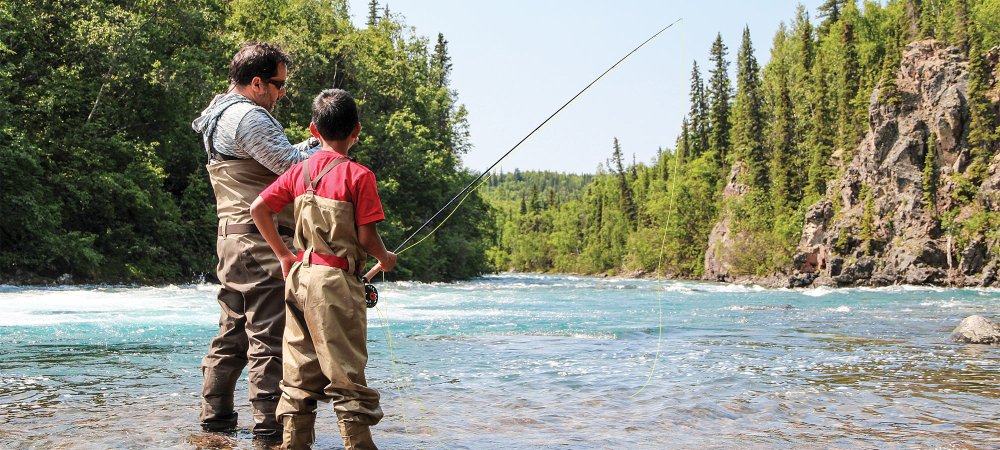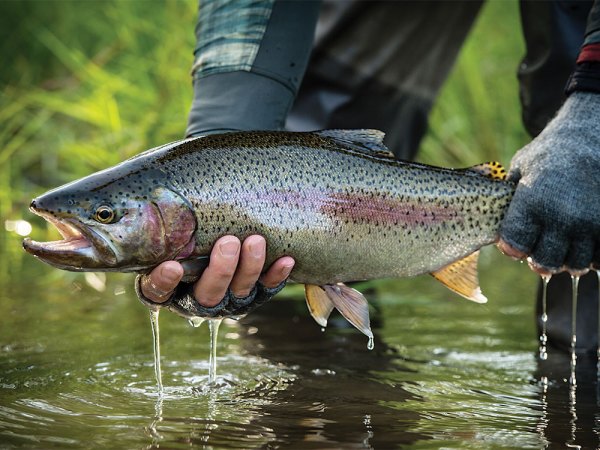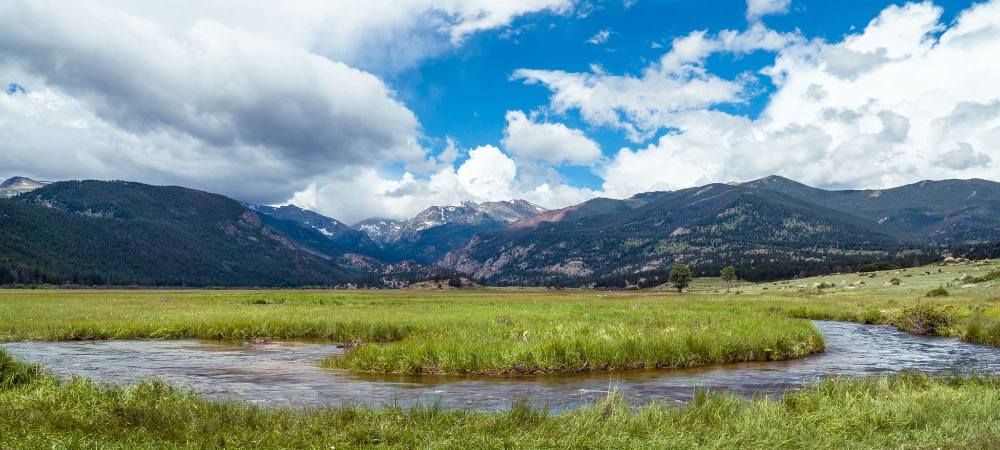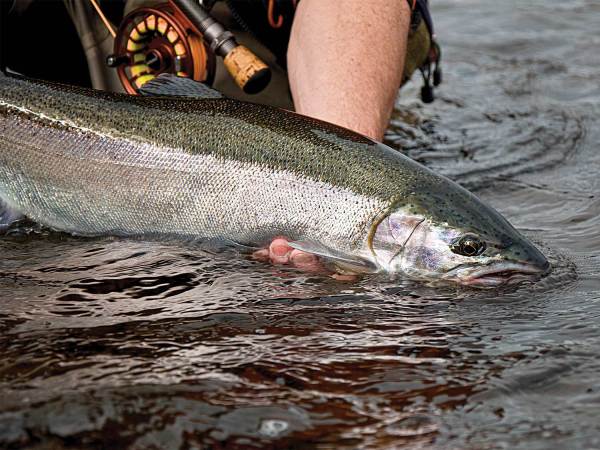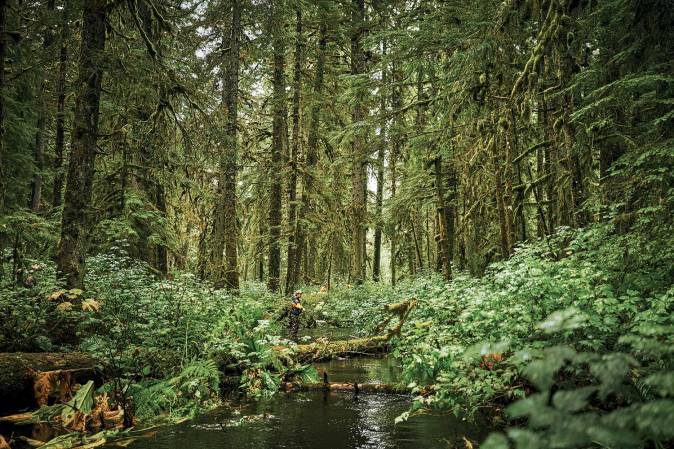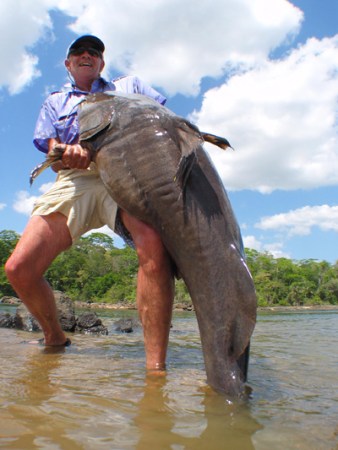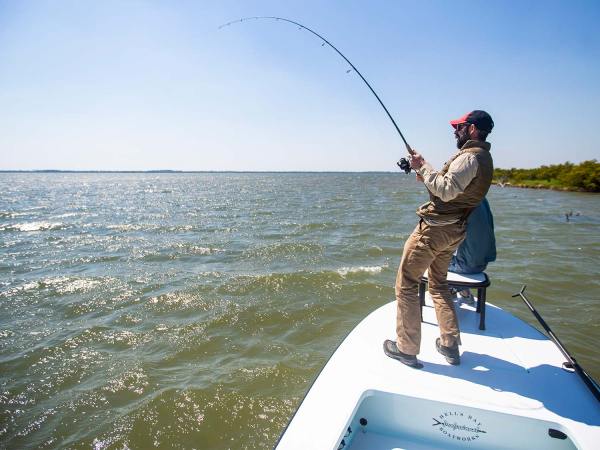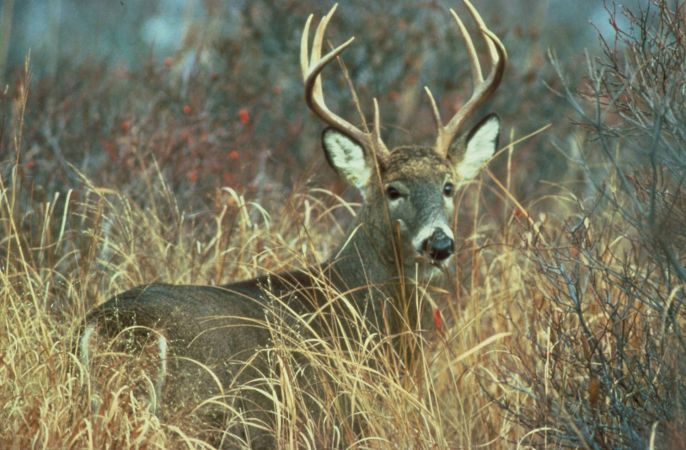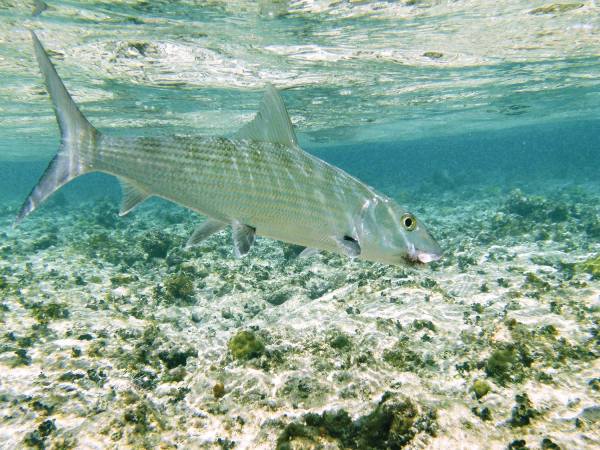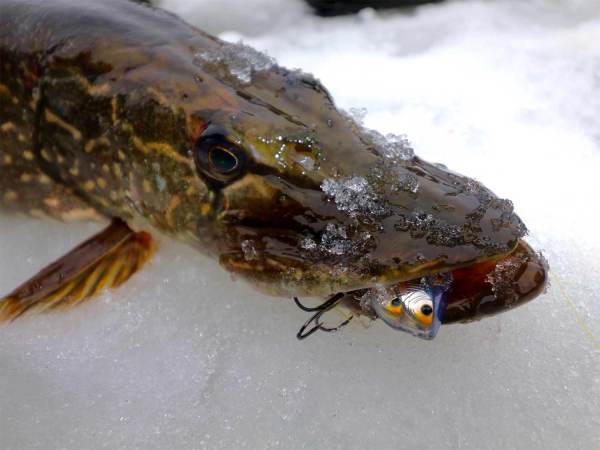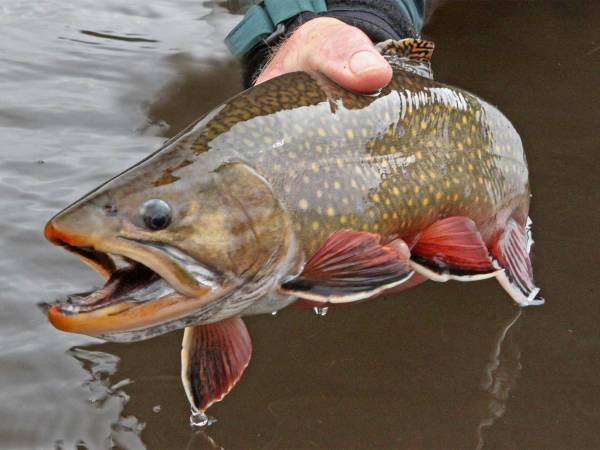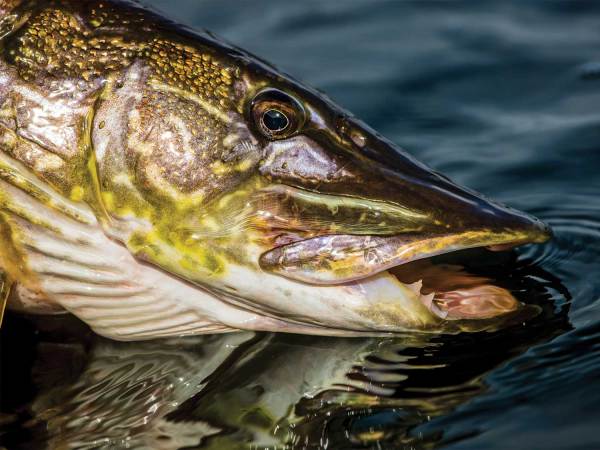Ask just about any angler the top 10 places they hope to fish someday, and you can bet that Alaska is going to make that list. Alaska has a very wide variety of fishing opportunities, and fantastic options for each.
10 Best Alaska Fishing Trips
Although throwing a fly or spoon in any body of water won’t necessarily produce great results, if you can get to where the fish are, it just might ruin you for anything else. Even as a resident of the Last Frontier, I have yet to do it all. But if I had to pick my Alaska fishing bucket list, this is what makes the cut.
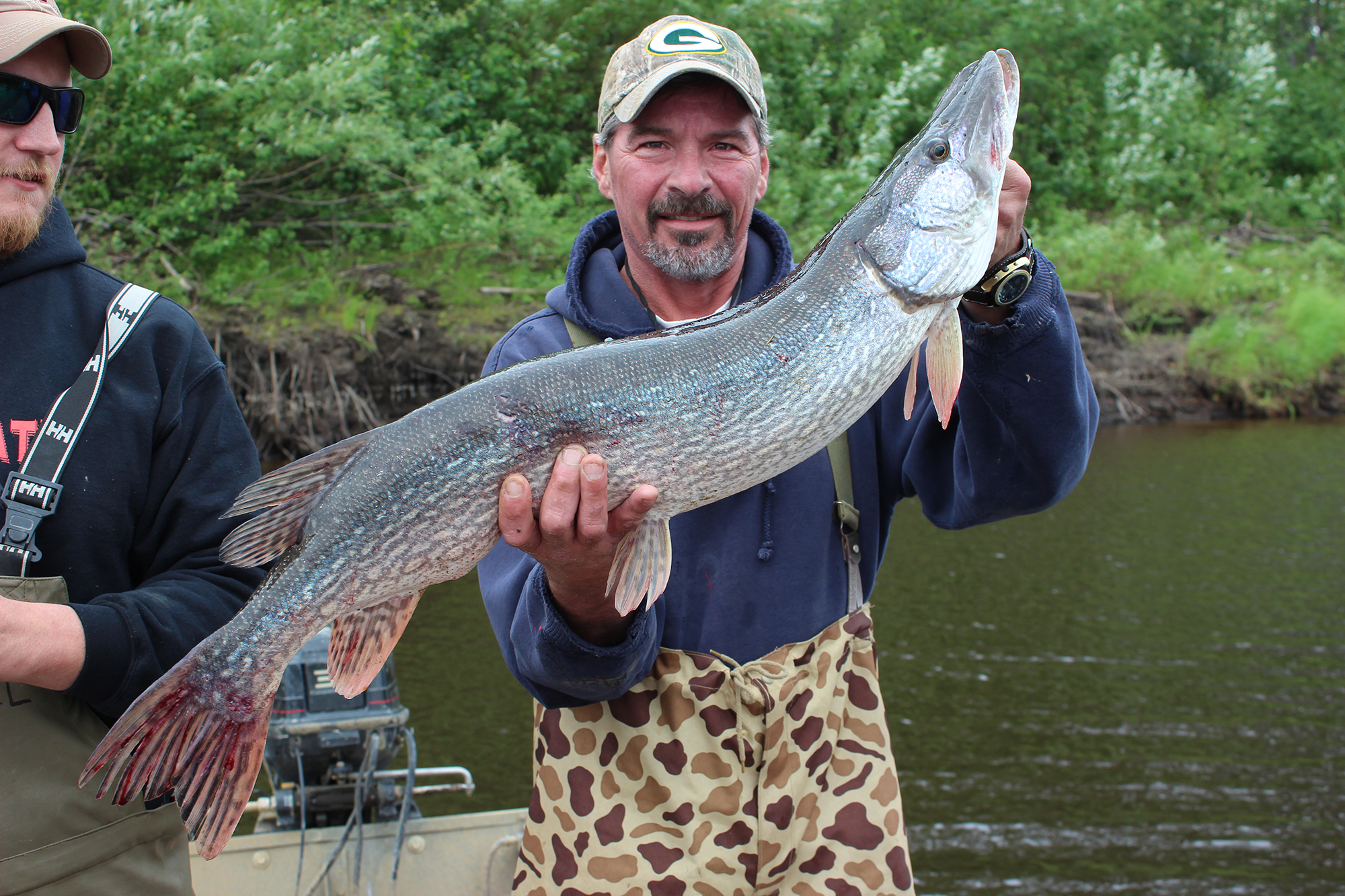
Good pike fishing can be had in many areas of Alaska, but the lower Yukon River is the heart of pike country, and if you want to spoil yourself, this is where you go. Logistically and cost-wise, access can be a nightmare for the DIY guy, so a charter is your best bet.
Alaska Pike Safaris runs outfitted charters on the Innoko River, and produces some of the best pike fishing Alaska has to offer. When you’re throwing plugs longer than a foot, things are getting serious, and a good dose of catching pike that often get over 30 pounds will set the bar at a whole new level.
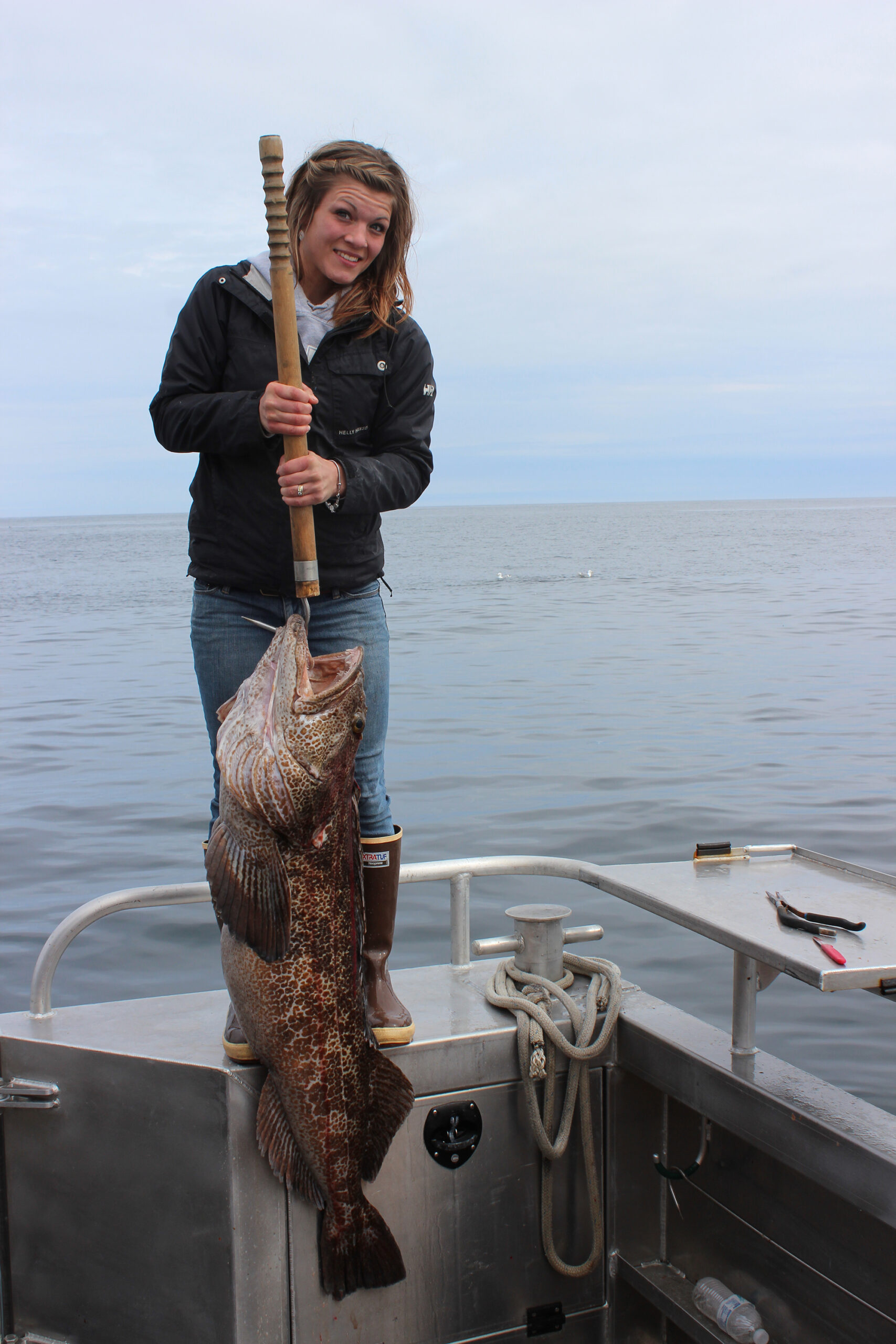
Saltwater fishing is another niche that Alaska fills very well, and there are a lot of good options if you’re wanting to bring home some of the best eating the ocean can produce. If you’re looking for the whole package, Afognak Wilderness Lodge is tough to beat. It’s a short flight from Kodiak, and smack dab in the middle of some of the best ocean fishing in the state.
It’s best if you also enjoy sightseeing, because typically it won’t take you very long to fill your limits. Halibut and Lingcod are the staples, but several species of rockfish are abundant, as well as sockeye and silver salmon depending on the time of year.
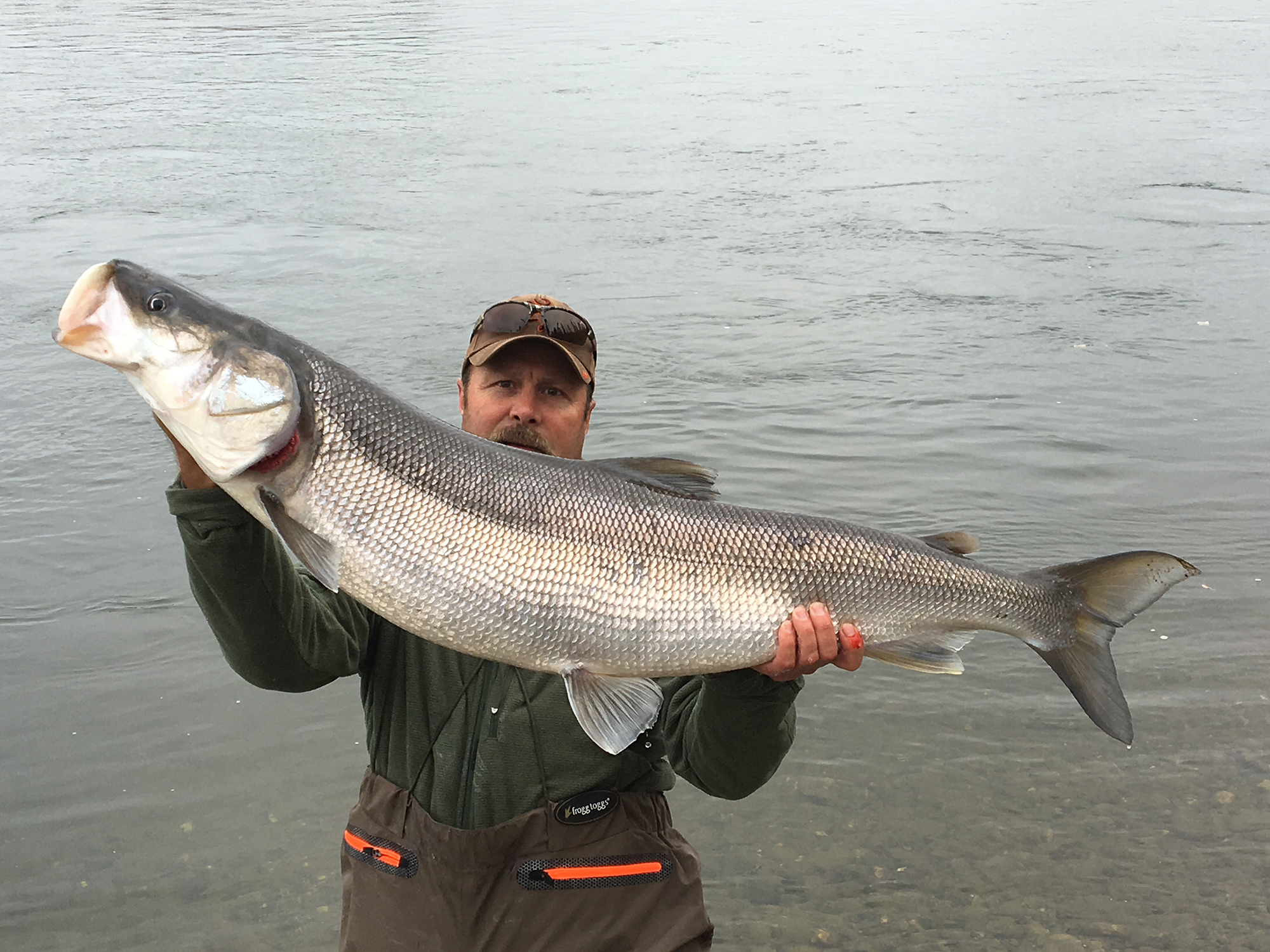
Sheefish are one of the most underrated game fish in Alaska. They don’t fight like a pike, but get in the right spot and the action is hot and the fish are heavy. They are the largest species of whitefish found in Alaska, and if you fed their succulent white meat to anyone alongside halibut, they would have a hard time telling the difference. If you’re after the biggest, the Kobuk River is legendary sheefish country, with 30-pounders not being uncommon. A variety of fly out and float options can work for this trip, so it’s a great DIY option.
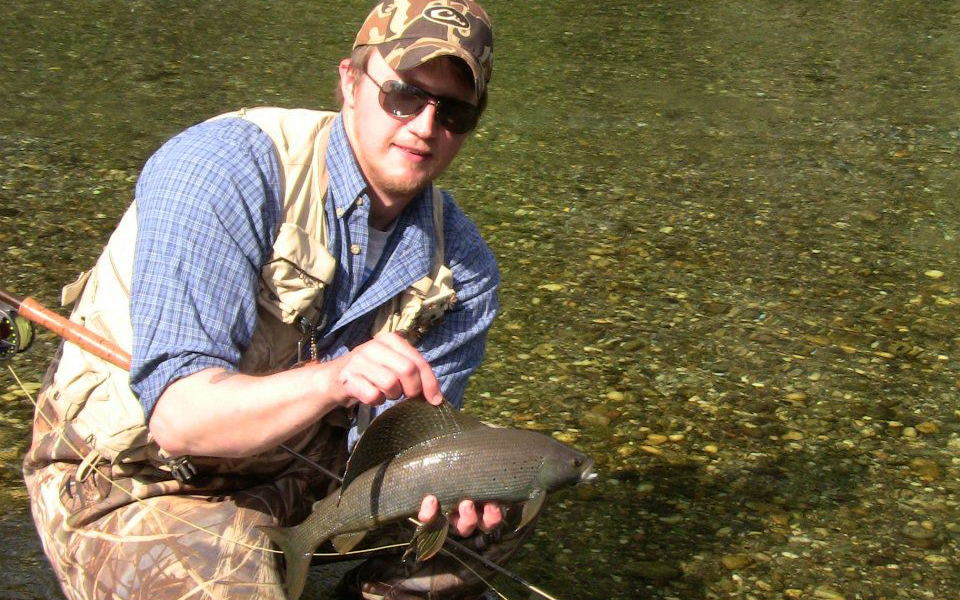
If there was ever a fish made for fly fishing, it would be the grayling. Coincidentally, they are found in most water systems in Alaska, and in great numbers. A great DIY option is to travel and camp the Denali Highway, which runs across the south edge of the Alaska Range.
The country is beautiful and full of streams waiting to be fished. Take a 3-weight fly rod, a pouch full of bead-head nymphs and black gnats, a few cans of bug spray, and you’ll be ready take in some amazing landscapes while you lose count of the fish you catch.
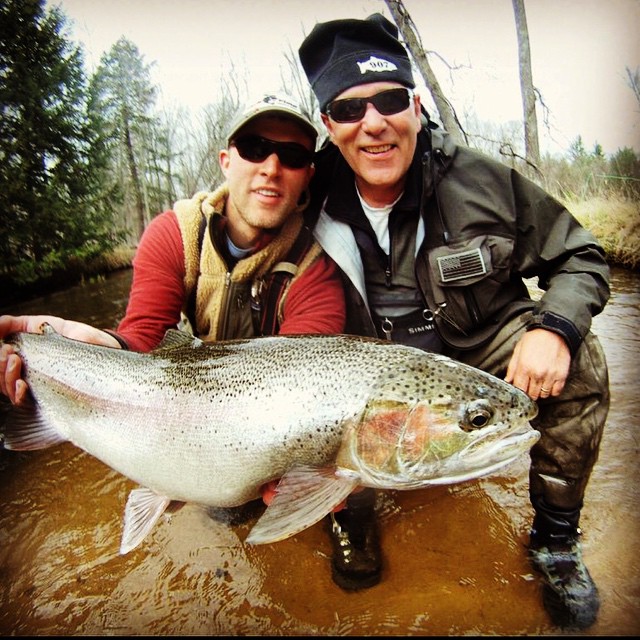
Bristol Bay gets a lot of its attention for killer salmon fishing, but for me personally, the thought of peeling out rainbows, fat on freshly-laid salmon eggs is much more alluring. You won’t find a better place to do it. Because these fisheries are remote—like many places in Alaska—your best bet is to book a guide/charter service.
There are plenty of options available with a wide range of lodging. Go ahead and stock up on those egg patterns and get ready to live the fly fisherman’s dream.
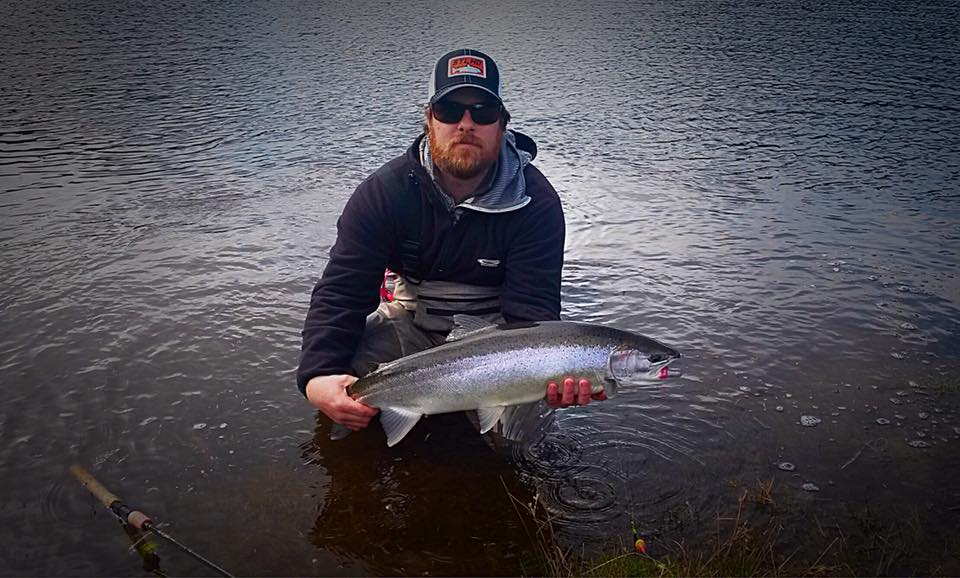
For a certain faction of the fishing community, steelhead might as well be the only fish on the planet. Those diehards are in luck, because there is fantastic steelhead fishing to be had in several regions. The best is primarily in the panhandle of southeast Alaska. These rainbows, beefed up from life in the saltwater, will put your skills and tackle to the test.
The fishing is often at its best during the early spring months, while many of the other waters in Alaska remain frozen. There are a lot of options ranging from DIY through fully guided, but either way, you’re going to have a good time.
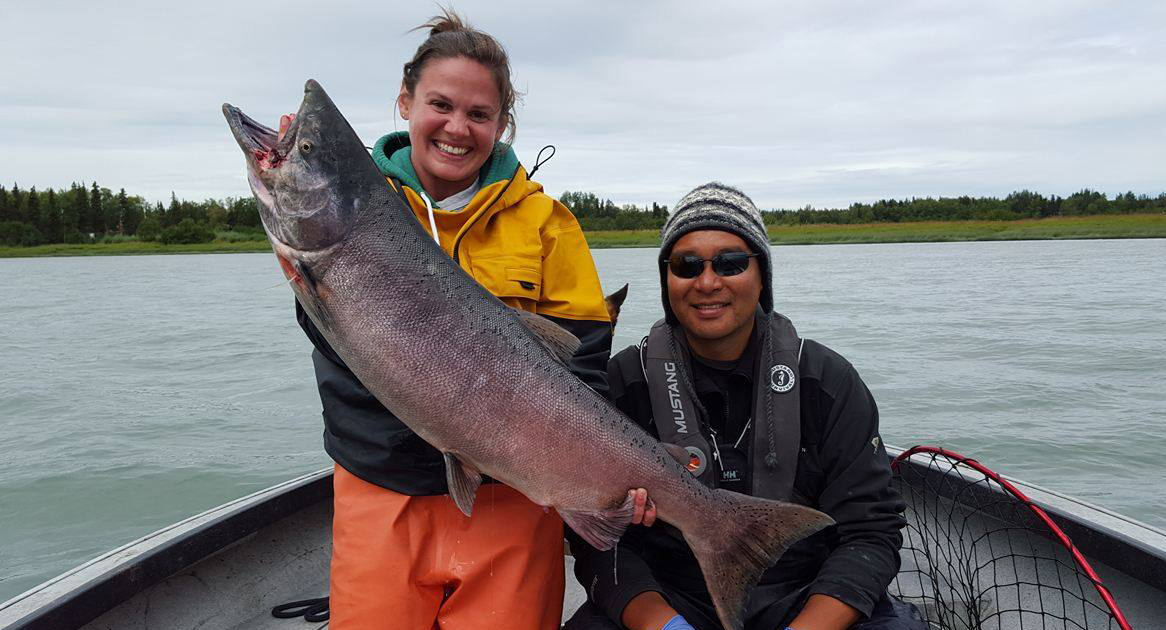
If there’s a single fish that Alaska is known for, it’s the Chinook or “King” salmon. A good portion of the folks dreaming of fishing Alaska have this fish in mind. I also don’t have to tell you the first spot that comes to mind for this is the Kenai River. Although salmon fisheries have struggled in recent years, there’s still big ones to be had.
If you’d rather spend more time fishing and less time jockeying with the crowds for your spot on the river, do your homework and search out some of the smaller, lesser known hidey-holes that still hold kings.
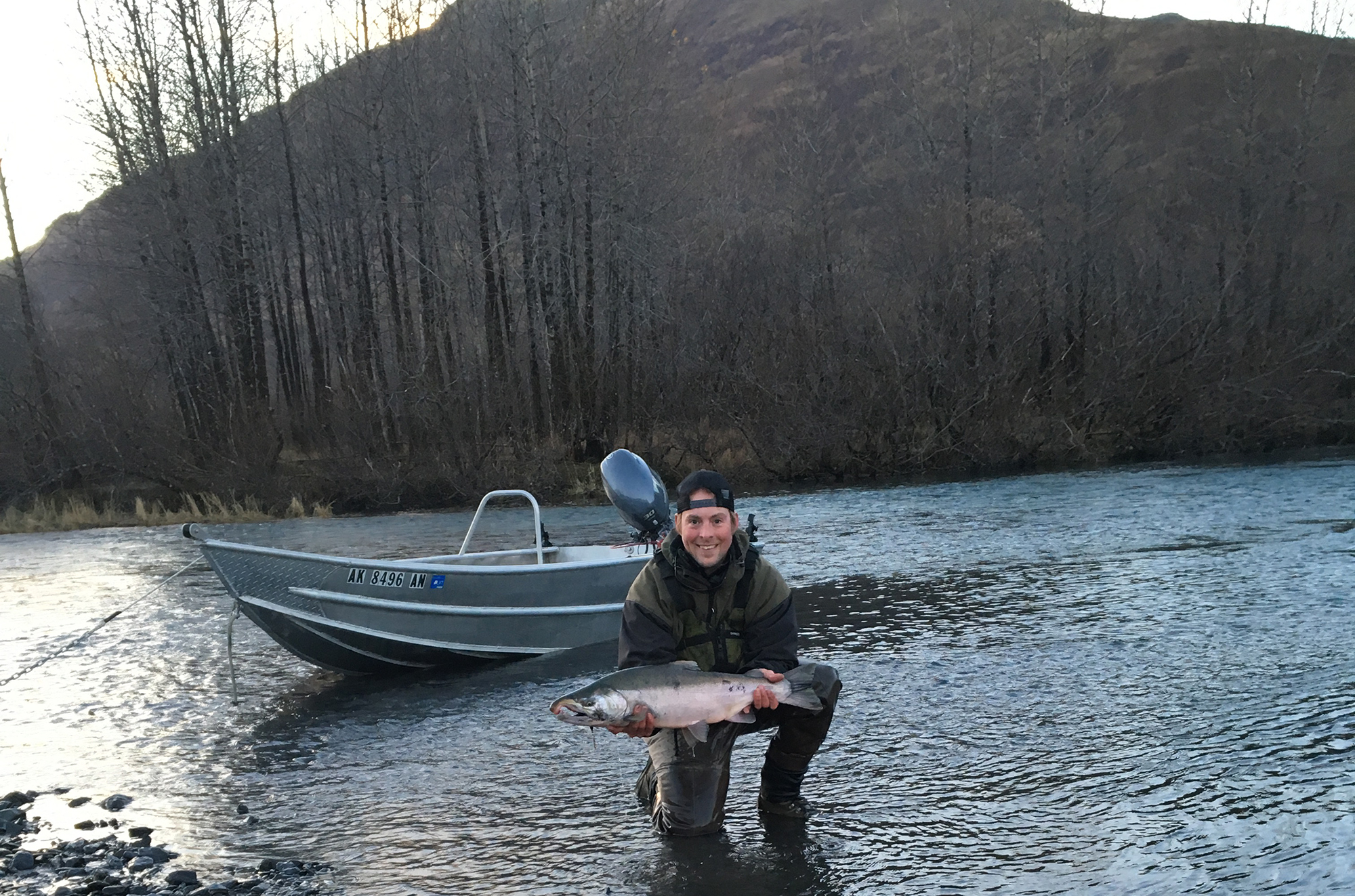
Kings get all the credit, but the award for most spirited salmon goes to the Coho or “Silvers.” They are significantly smaller but fight like a fish twice their weight, and have been known to break a rod or two. One Mecca of silver fishing is Kodiak Island. Seeing the island is worth the trip itself, but hit the run right, and you’ll be digging in the hotel ice machine after a day of fishing.
There are several road-accessible rivers that have good runs, but if you really want to treat yourself, grab a charter out to a more remote river, where your only competition is the largest land predator on earth.
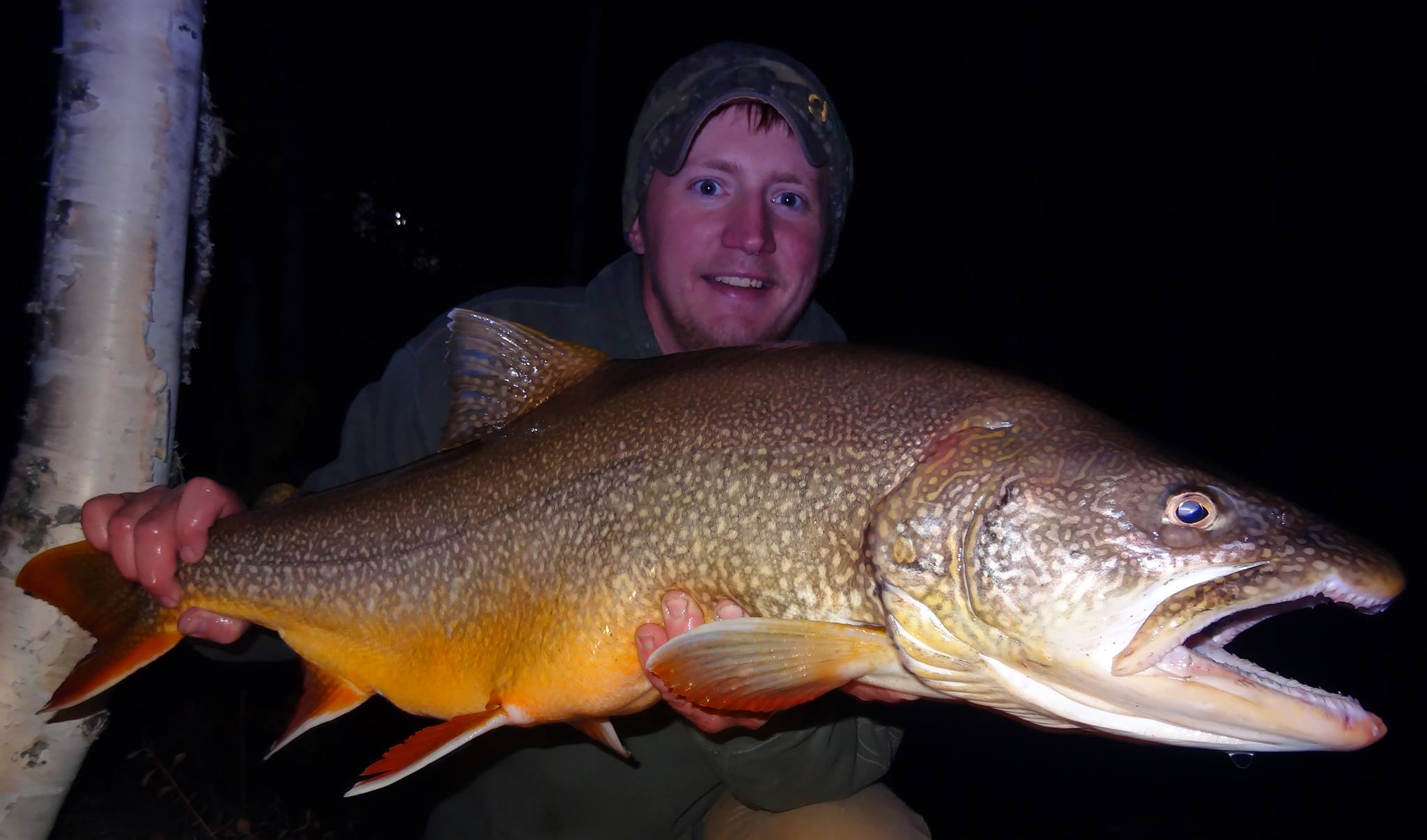
Although I wouldn’t consider it to have the best lake trout fishing in the world, there are still monsters lurking in the depths of lakes here that seldom see a fishing line. In fact, there are a lot of square miles of water in Alaska that hold lakers, but given a choice, it would be hard not to pick the Brooks Mountain Range.
Charter a flight into any number of remote lakes, right after the ice starts melting away from the shores (usually late June or early July), and you will be set to see some true water predators in action. Especially as the ice begins to go, Lake trout begin to cruise the shallow open water along the shore, feeding voraciously.
If float trips and brilliantly colored fish are your cup of tea, then you need to go farther north. Most rivers draining north out of the Brooks Range and into the Arctic Ocean are full of ocean run char in late summer/early fall.
Realistically, only one of these rivers has any kind of road access, so a fly out float trip is your best option. They offer fantastic fishing for both the spinning and fly rod crowds, and as with many places, the scenery will be tough to beat.
How to Hit Alaska on the Cheap
Alaska is a harsh wilderness, and without the right gear or the right preparations, it can get a lot harder. Follow these tips to land your dream trip in the last frontier.
What Gear to Take for Any Situation
Because you’ll be on your own out in the Alaska wilderness, you should pack gear for all emergencies.
Pack quality rain gear and a range of lightweight and cool-weather synthetic clothing. Temperatures can dip into the 40s, but most areas will be in the 60s to 80s during the summer months. Annual rainfall in downtown Juneau averages 90 inches, and almost 154 inches in Ketchikan.
Cabins typically have basic tools, a few wooden bunks and a stove. A cookstove that burns unleaded gasoline is best. Fuel canisters are prohibited on airlines, but you can find unleaded fuel almost anywhere in Alaska. Some cabins require you to use fuel oil or to cut your own firewood.
Generally speaking, bring your own sleeping bag, cooking utensils and fishing gear. You need to be self-sufficient. Also, many cabin veterans rent a small outboard kicker from the air- or boat-charter operator. In the Tongass, standard salmon fishing gear works best. I carry two rods, so that if one breaks I can continue fishing with the spare. Go with medium-action casting or spinning rods for kings and silvers, and lighter rods for reds, pinks and chums. A 9-weight fly rod will handle all Alaska sport fish except the largest king salmon. Take plenty of extra line, from 8- to 20-pound-test, for spin-fishing. And don’t forget the ultralight tackle for rainbows, grayling, cutthroats and char.
Hip boots are a must-have item. For saltwater surf-casting and river wading, chest waders with felt soles work best.
When pursuing Alaska big game, expect to use the same type of hunting equipment you would on a backpack hunt for elk or mule deer in the Lower 48. You might also consider taking a spotting scope, freeze-dried food for overnight use and a radio or personal locator beacon (PLB) in case of an emergency.
Tips to Cut Costs
Early Arrival Try to arrive in Alaska early in the morning so that you can depart for your fishing or hunting location by midday. Evening arrivals generally require an overnight stay at a hotel-summer rates are typically around $125 per night.
By Sea or Air? Renting a charter boat in coastal areas can be more or less costly than chartering a floatplane. Be sure to compare prices. Boats allow pickup when poor visibility prevents air travel. Off-Season Discounts Many operators offer discounts to anglers in mid- to late May and in late September, because few people travel to Alaska at these times. At either part of the season, expect the possibility of rain, snow and cooler temperatures.
Ship Your Gear Consider shipping nonperishable food to the cabin owner via standard freight before your arrival. After your stay, you can reuse the boxes to mail hunting or fishing gear back to your home. Pack your game meat, fish or hides in coolers or meat boxes and check them as luggage so that they arrive home when you do. This saves big bucks on excess baggage or air-freight costs.
Avoid Fee Hikes Many operators charge higher fees for nonresidents who don’t know how to handle jet boats and other expensive equipment. Convince the outfitter you’re skilled, and ask for the in-state price. Don’t Pay for Lost Time Some operators will charge you for staying at a cabin if inclement weather prevents you from departing. Argue strongly for a greatly reduced rate or no charge for the weathered-in portion.
Fly for Free
Fly on Weekdays Air and boat charters are often booked solid during weekend switch-over days. You’ll receive better service if you arrive and depart on weekdays.
Frequent-flyer miles are easier to accumulate than ever before. Just buy from or sign up with the right company and you’ll get a mileage boost that may put you in the sky for free. The secret is to find the right partner(s) far enough in advance to get your account credited. Since the partners usually comnsate the carrier, the best place to start your search is on the airlines’ Web pages. On www.americanairlines.com look under “Partners and Mileage Program.” On www.southwest.com check “Rapid Rewards” and on www.nwa.com (Northwest Airlines) click on “WorldPerks.”
Northwest lists over 60 businesses (including Cabela’s) that award frequent-flyer miles. Some are available only through the Internet, such as www.rei.com and www.target.com.
Credit cards and financial services are the fastest way to grab new points. At www.etrade.com you can get up to 75,000 miles for making a deposit into a new account. There’s a link to a Visa card that gives 3,000 points (United has a Visa link that awards up to 15,000) just for signing up. When using one of these cards, most household expenses can earn you miles, including the hunting trip itself if you book it far enough in advance.
If you can’t buy stuff fast enough to earn a free seat, you can still purchase some extra miles. Many airlines sell miles through their Web pages. Several Web brokers also buy and sell miles, including www.frequentflyer points.com, www.miles4sale.com and www.air-awards.com. Though it’s legal for these brokers to sell miles everywhere but in Utah, it may violate an airline’s frequent-flyer program, so before buying miles from a broker you should verify that the carrier will accept them.
checking firearms: Airlines allow firearms to be checked in as baggage, but you have to declare them. The gun must be unloaded and sealed in a hard-sided case. These regulations can change and their violation can lead to federal prosecution, so it’s a good idea to call your airline a few days before you depart.
Flying With Meat: Most domestic airlines will transport meat as checked luggage. Usually travelers can check two pieces of baggage that don’t exceed 62 inches in maximum dimension (length plus width plus height) and 50 pounds in weight.
Luggage over 50 pounds will cost an additional $25 to $50 each and will have to be shipped as air cargo if it’s over 100 pounds. Extra bags might also result in additional charges. The traveler is responsible for the proper packaging of meat. Airlines require that meat be carried in leakproof containers, such as coolers or waxed boxes. Airlines might not take a package that contains dry ice. Carry tape with you in case you have to reseal a package. -Jim Lee
A 1,500-Mile Drive to Alaska’s Paradise
At Whitehorse the temperature dropped to 63 degrees below zero. It was 55 below at Dawson Creek, and a chilling 69 below at the Donjek River on the Alaska Highway. In my barracks niche, the day we ran out of stove oil, my shaving lotion congealed. The cold clawed at you with steel-like talons.
These words were written by a construction worker in the winter of 1942, when the Alaska Highway was built. Sliced out of the bush in only eight months, the 1,422-mile-long highway was constructed just after the attack on Pearl Harbor. A journalist aptly said, “We will either build a highway up to Alaska or the Japanese will build it down for us.”
Contrary to popular belief, the entire road is paved. Be aware, however, that severe weather requires extensive construction to keep the highway maintained. When you drive this thoroughfare, keep delays in mind.
To avoid crowds, make the drive before or after the peak of the tourist season, which is July and August. The official start of the highway is Dawson Creek, British Columbia, whose airport is appropriately named “Milepost 0 Airport.” From there, the major towns on the highway include Fort St. John, Fort Nelson, Watson Lake, Whitehorse and, finally, Fairbanks.
The immensely popular book The Milepost is a must for travelers who want a detailed description of the attractions and services along the road. If you want a varied adventure, drive the highway up and return to the Lower 48 via a large ferry that accommodates recreational vehicles. -Jim Zumbo rn to the Lower 48 via a large ferry that accommodates recreational vehicles. -Jim Zumbo

